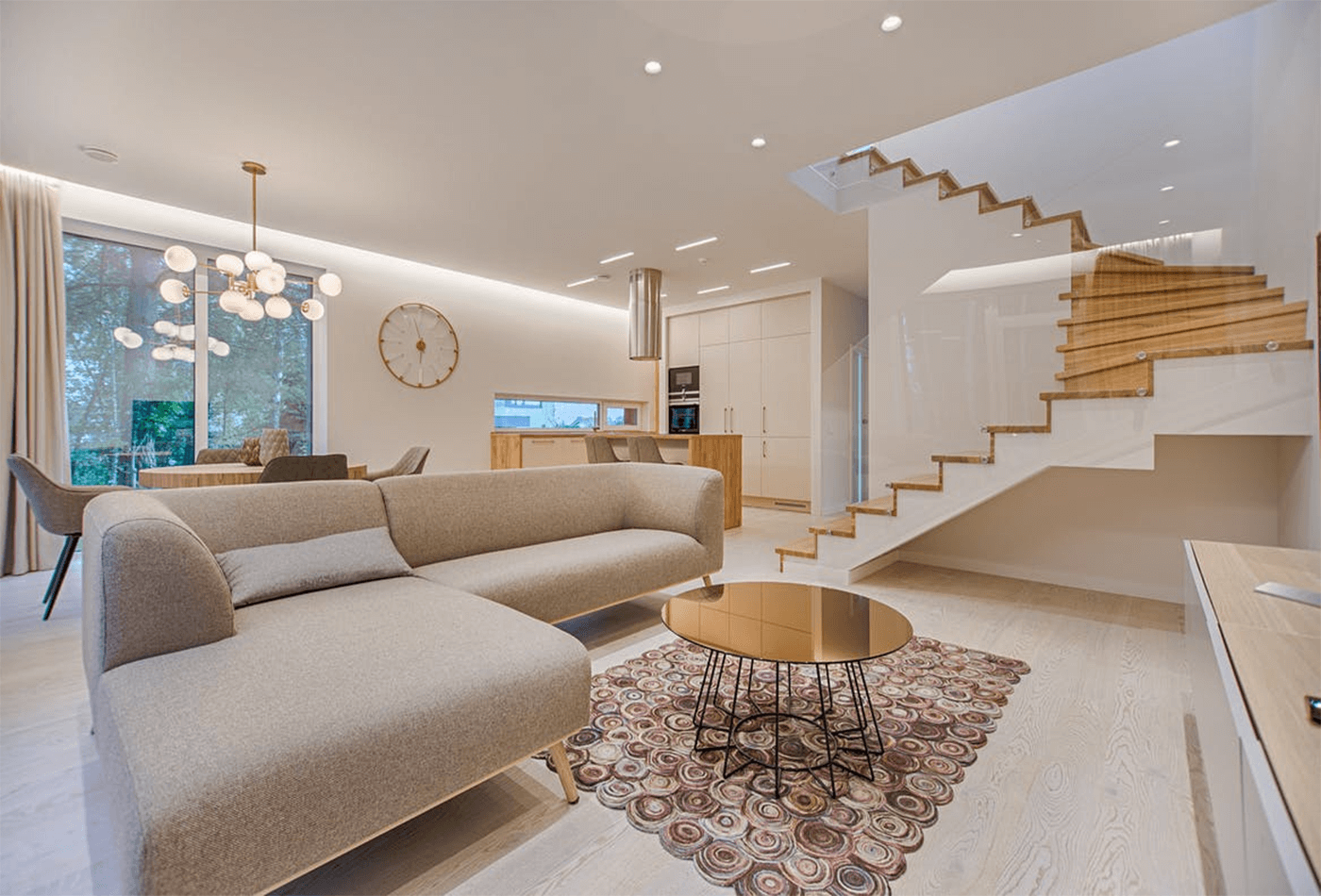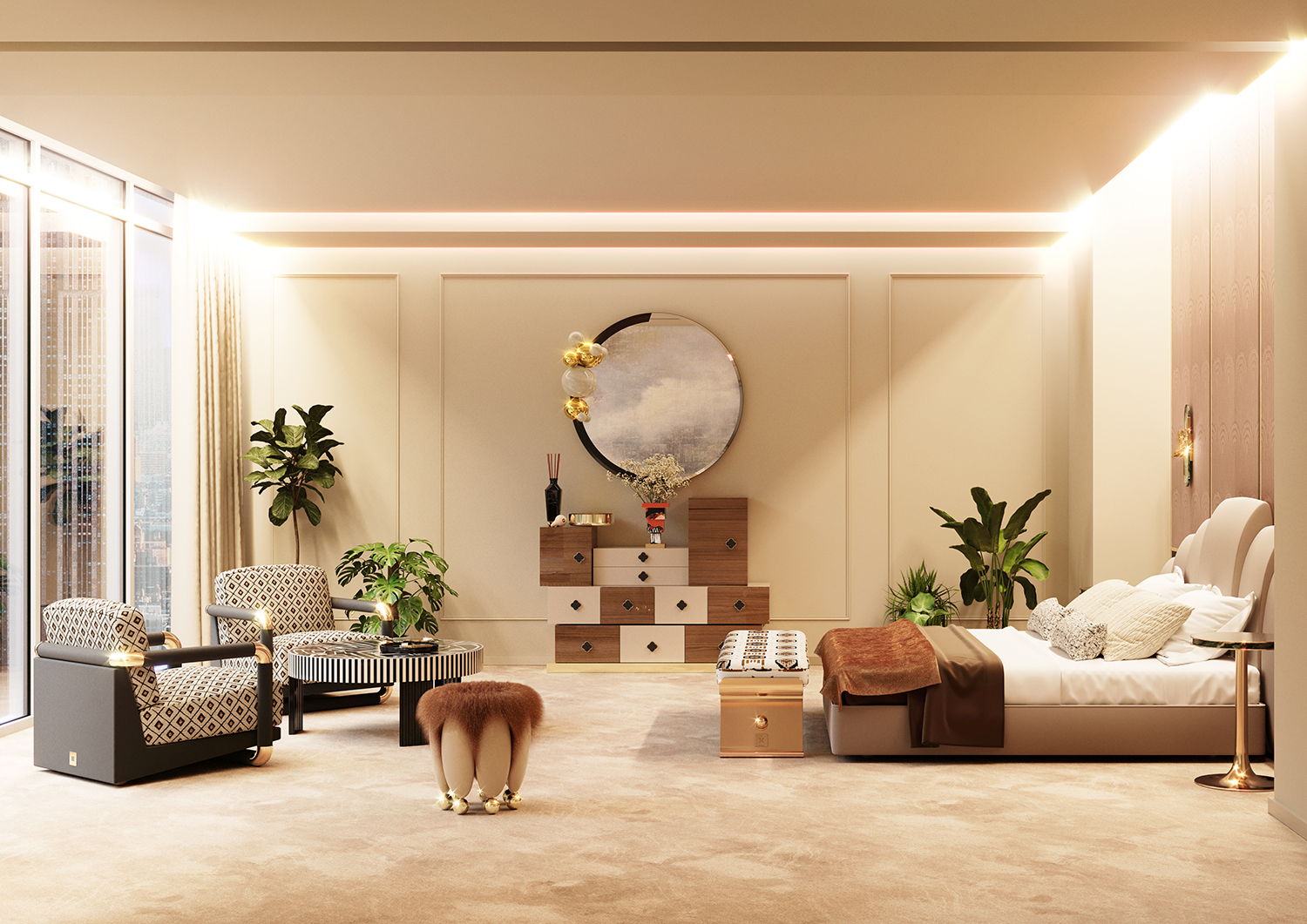Transform Your Home With Necessary Concepts of Interior Decoration and Visual Appeals
By comprehending the impact of shade theory and the importance of texture and patterns, one can develop areas that are not only visually appealing yet likewise deeply personal. Attaining this balance involves more than mere decor; it includes a critical arrangement and an eager understanding of exactly how each element connects within an area.
Understanding Shade Theory
Shade theory is a fundamental element of interior decoration that substantially influences mood, perception, and general aesthetic. Recognizing the principles of shade theory permits developers to develop areas that reverberate mentally with owners while fulfilling useful requirements (miami interior design). Colors can be classified into three key types: key, secondary, and tertiary. Each classification plays an essential duty in establishing harmony within a room.
The psychological effect of shades is extensive; cozy tones such as reds and oranges stimulate power and warmth, while awesome tones like blues and eco-friendlies promote calmness and serenity. Additionally, using complementary shades enhances aesthetic interest, developing striking contrasts that can raise a room's appeal.
Neutral shades, on the various other hand, work as a functional backdrop, enabling other layout aspects to radiate. It is vital to consider elements such as lighting and the room's purpose when selecting a color scheme, as these can modify the assumption of shades throughout the day.
Inevitably, a well-considered color pattern can change a space, fostering a feeling of convenience and design that lines up with the residents' preferences. Proficiency of shade theory is, for that reason, an important skill for any interior designer aiming to develop unified and inviting environments.
Attaining Balance in Design
How can developers accomplish a feeling of balance in their spaces? Attaining balance in design is basic to producing unified interiors.
Unbalanced balance, on the various other hand, relies on varying elements that still accomplish a cohesive look. This approach permits for even more vibrant and informal setups, offering passion while maintaining equilibrium. By very carefully picking varying dimensions, colors, and textures, developers can create an aesthetically compelling space that feels well balanced yet energetic.
Radial balance highlights a main focal factor with aspects radiating outward. This style is typically seen in circular formats, where furnishings and decoration create a cohesive border that attracts the eye inward.
Eventually, achieving equilibrium calls for thoughtful consideration of range, percentage, and the relationships between components. luxury interior design. By skillfully applying these balance concepts, developers can change spaces into environments that feel both visually pleasing and functionally unified, boosting the total experience for occupants
Importance of Spatial Awareness

An eager sense of spatial understanding permits developers to recognize focal points within an area, guiding the viewer's attention to essential functions while preserving an overall sense of unity. It likewise helps in the calculated positioning of illumination, which can substantially influence the assumption of room and state of mind. Understanding spatial partnerships allows the designer to cater to recommended you read the details needs of residents, guaranteeing that each area offers its designated purpose without endangering visual appeals.
Eventually, spatial awareness is crucial for maximizing the possibility of any type of interior room. By thoroughly taking into consideration the interplay between measurements, design, and feature, developers can produce atmospheres that not just satisfy sensible needs but additionally stimulate a sense of convenience and beauty, boosting the general living experience.
Incorporating Appearance and Patterns
Accepting a varied variety of textures and top article patterns can substantially enhance the aesthetic and responsive charm of an indoor area. The critical use of numerous materials-- such as wood, steel, fabric, and rock-- develops depth and passion, making a room feel a lot more welcoming and vibrant. Combining smooth surfaces with harsh structures can establish an equilibrium that attracts the eye and engages the senses.
When including patterns, consider both scale and repeating. Large patterns can work as focal factors, while smaller sized, refined designs can match various other aspects without frustrating the room. Layering patterns, such as pairing flower cushions with striped throws, includes complexity and a sense of consistency if carried out attentively.
It is also critical to maintain a natural shade combination, making certain that appearances and patterns function together as opposed to complete for interest. By choosing a few key appearances and patterns, you can develop a merged visual that mirrors your personal style while boosting the total atmosphere of the room. Eventually, the cautious incorporation of these elements can change a mundane space right into an advanced setting abundant with character and heat.
Customizing Your Space
Creating an area that mirrors your personality is vital to attaining a really inviting setting. Personalization in indoor design permits you to infuse your unique design and interests right into your home, advice transforming it from a plain sanctuary into a sanctuary that talks to who you are. Begin by choosing a color combination that resonates with your feelings-- strong hues can stimulate, while soft tones offer harmony.
Incorporate art work and design that show your enthusiasms, whether it be traveling, nature, or abstract concepts. Displaying personal collections, such as books, photographs, or souvenirs, can evoke treasured memories and produce prime focus within a space. Additionally, think about personalizing useful items, like upholstered furnishings, to line up with your visual choices.

Conclusion
Finally, the transformation of a home with the crucial principles of interior layout and appearance necessitates a detailed understanding of shade concept, equilibrium, spatial awareness, structure, and customization. Each element contributes considerably to producing an unified and useful living setting - Architecture Firm. By attentively integrating these principles, people can improve the aesthetic allure and psychological vibration of their rooms, eventually cultivating a home that mirrors one-of-a-kind identifications while providing comfort and practicality
Comments on “Experience luxury interior design that transforms spaces.”